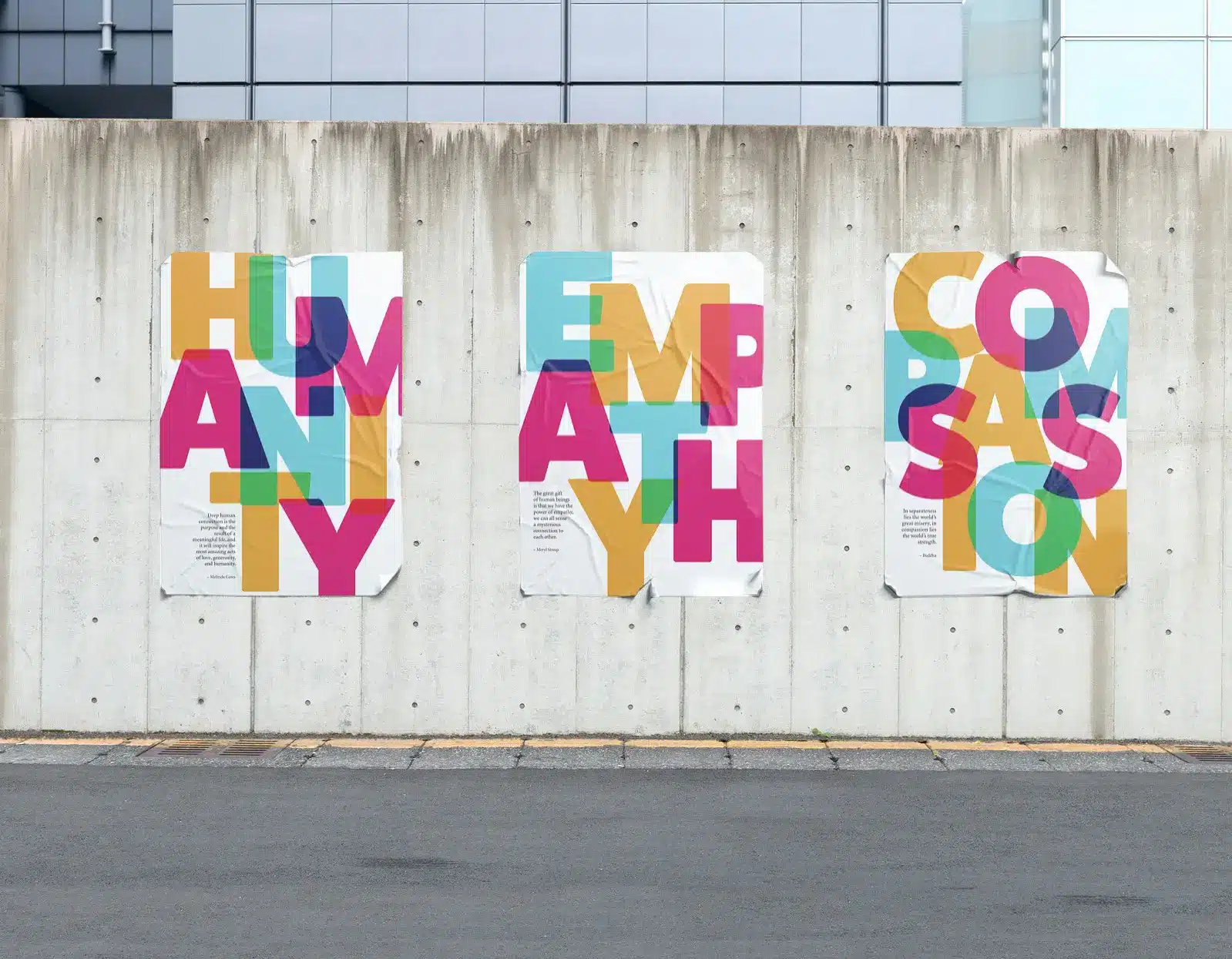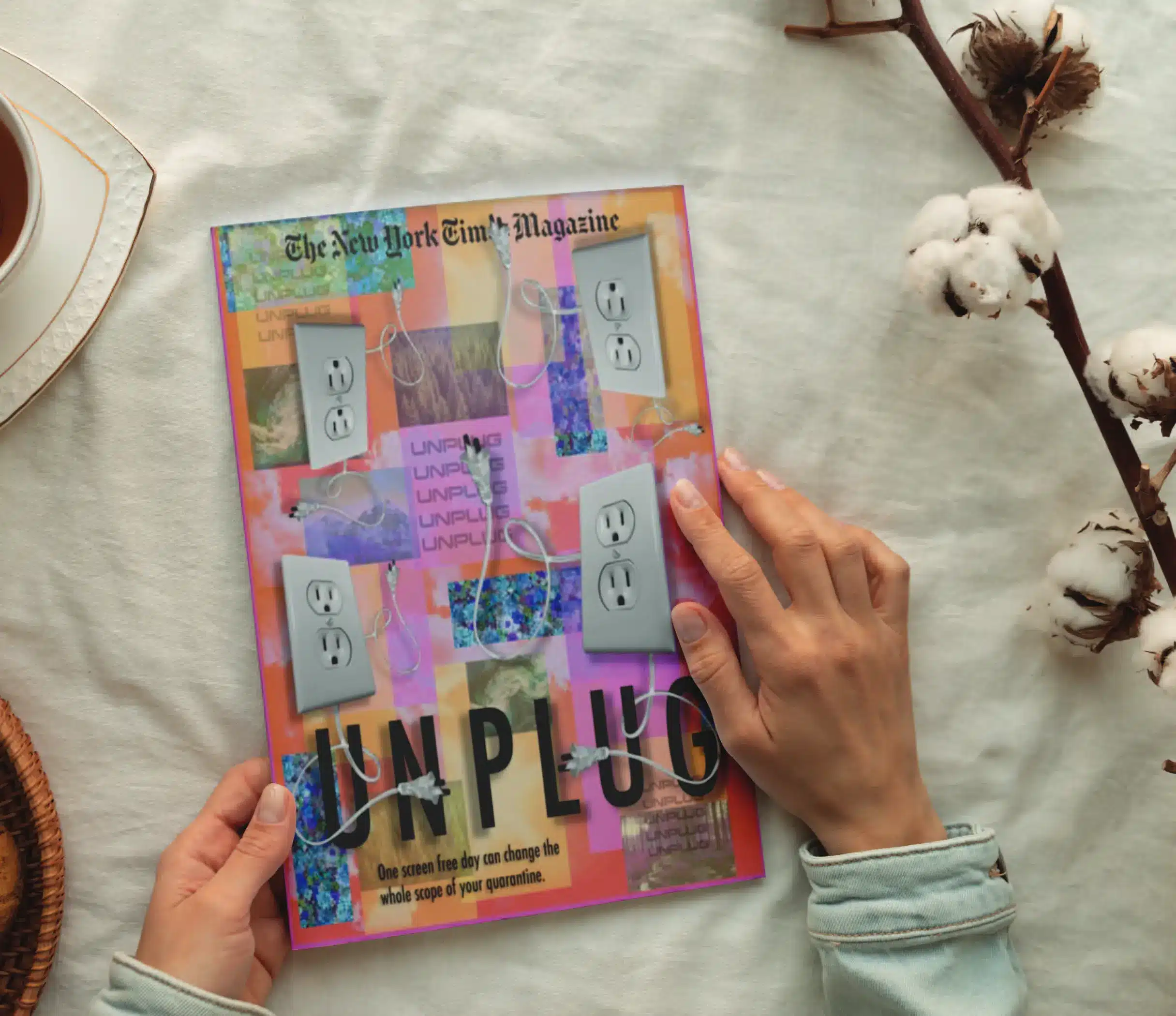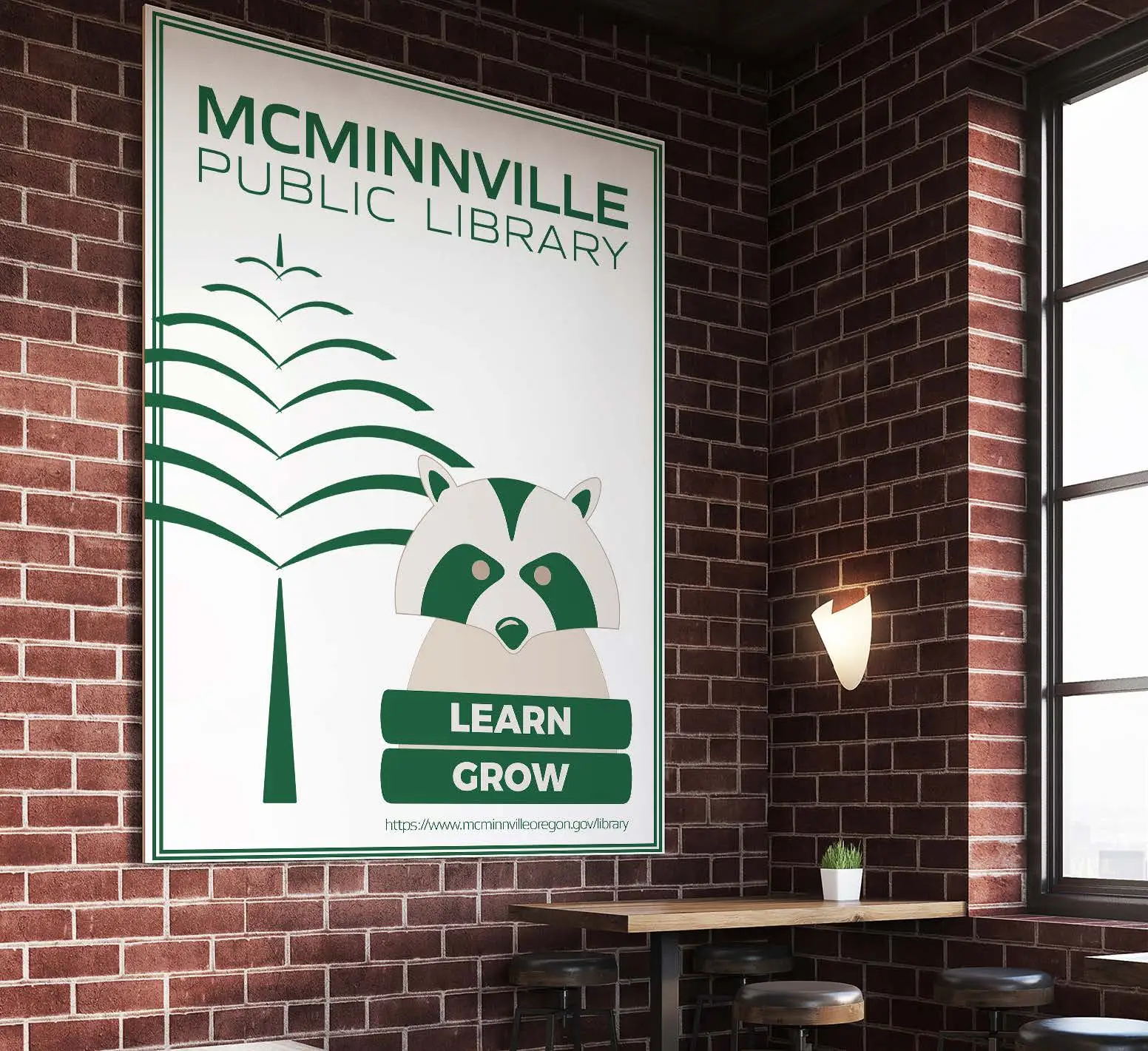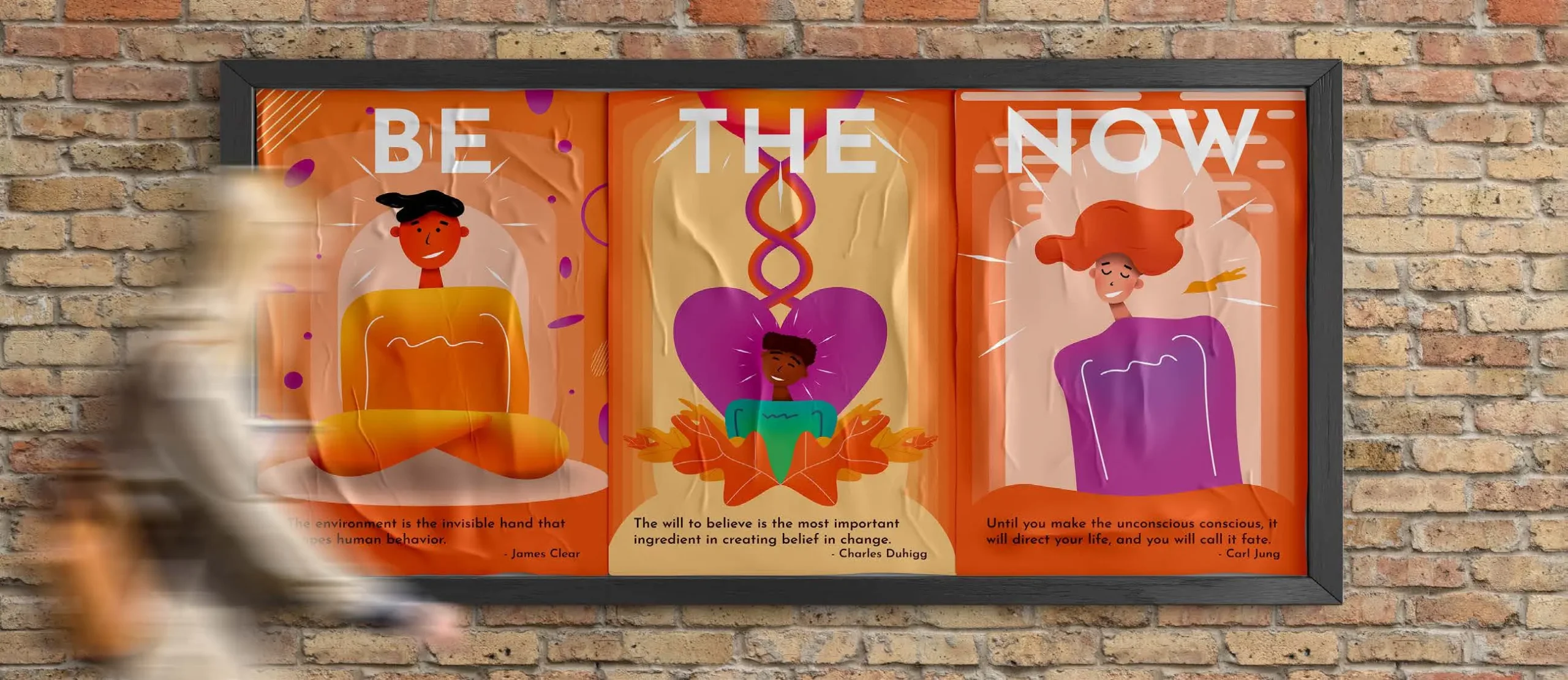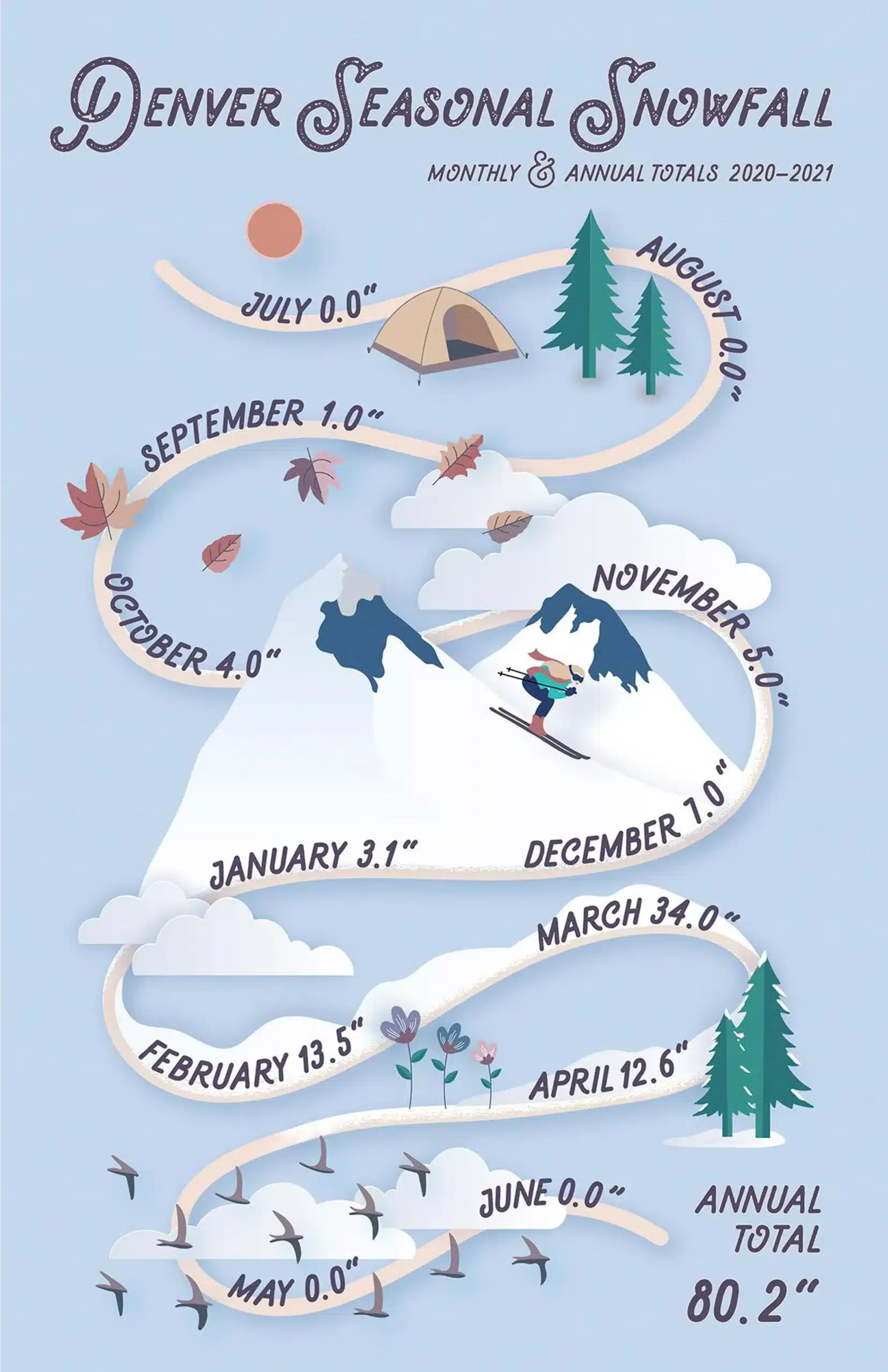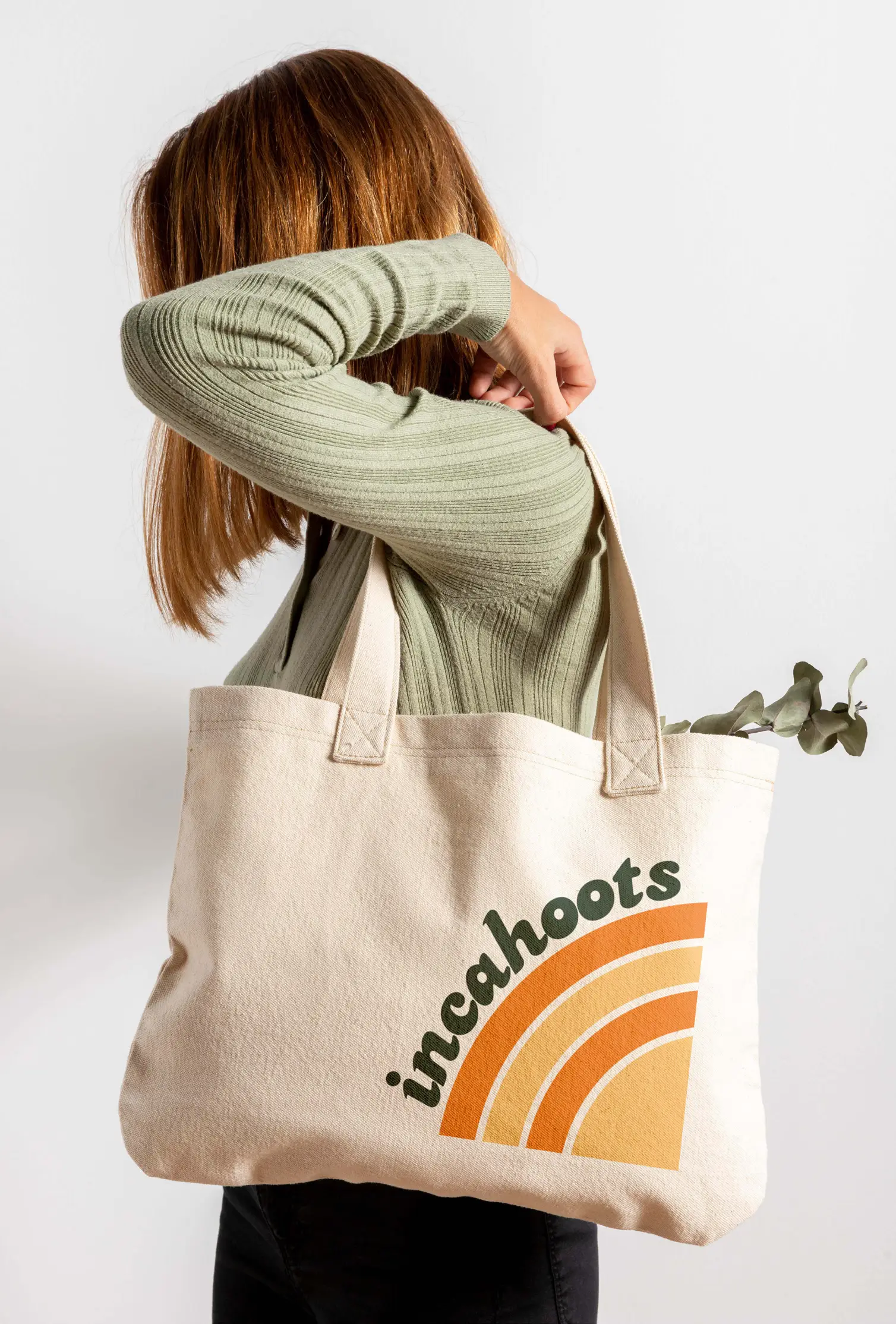Online Graphic Design Degree
Online Bachelor of Fine Arts
"*" indicates required fields
ONLINE GRAPHIC DESIGN DEGREE PROGRAM OVERVIEW
Graphic design combines digital art and business to become the visual fabric embedded into our daily lives. As a student in the Online Graphic Design Degree Program, you’ll become well-versed in the industry tools and technology while learning principles of visual composition. Experienced and practicing industry professionals are your online faculty who will teach you elements of research and design methodologies as well as graphic theories.
You’ll graduate with an in-depth understanding of human-centered design and multidisciplinary methods of design (including branding, print, web, video, UX and UI), and have the chance to work with real world clients. Robust portfolio reviews at the Sophomore, Junior, and Senior levels, will prepare you to graduate with:
- A professional portfolio
- A comprehensive skill set in the field of graphic design
- The confidence to launch your career and meet clients’ needs

SKILLS YOU'LL LEARN
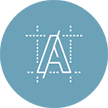
Typography
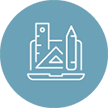
UI/UX
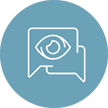
Visual Storytelling

Work with Real-World Clients

Written + Verbal Presentations
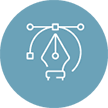
Design Software
STEPS TO ADMISSION
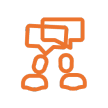
1
Complete your artist meeting with an admissions representative.

2
Submit an admissions application.
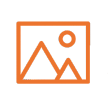
3
Create and submit your portfolio to be considered for a scholarship.

4
Submit official high school and college transcripts (for transfer students).

5
Submit the current year’s FAFSA and other financial aid documentation.
ACCREDITATION


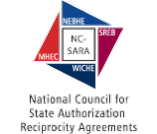
TUITION + FINANCIAL AID
At RMCAD, we understand that investing in a college education is a major decision and a major investment. That’s why we offer competitive, affordable tuition when compared to other art and design colleges. Students’ tuition rates are locked in at the time of their initial start date and will not increase as long as they remain enrolled in their program.
ONLINE GRAPHIC DESIGN DEGREE COURSE DETAILS
The best e-learning education is multi-faceted and comes from a wide array of sources. That is why technical courses on graphic design techniques and design methodologies are only part of RMCAD’s graphic design online degree curriculum.
As a distance learning student, you will also:
● Develop brands that reflect the future of design and expand their visual storytelling ability
● Explore modern design technology and build a community with user-focused human-centered design practices
● Gain exposure to design professionals during workshops and presentations
● Obtain hands-on experience with real graphic design projects
Graphic Design Courses (51 Credits)*
GD 1000
Typography
(3 Credits)
GD 2100
Layout Design
(3 Credits)
GD 3010
Photography for Graphic Designers
(3 Credits)
GD 3120
Visual Sequencing
(3 Credits)
GD 3230
Storytelling + Video
(3 Credits)
GD 4020
Experience Design
(3 Credits)
*This section does not include the full list of courses for this program.
Liberal Arts Courses (45 Credits)*
AH 1110
Art Historical Methods + Theories
(3 Credits)
EN 1110
Composition I
(3 Credits)
HU 3300
Topics in Humanities
(3 Credits)
NS 2030
Biology
(3 Credits)
The Liberal Arts curriculum is an exciting part of every student’s academic and creative journey at RMCAD. These courses provide the opportunity for students to engage with complex questions and ideas to develop critical thinking skills, a global consciousness, and awareness of art historical foundations that are essential for their intellectual, creative, and personal growth.
*This section does not include the full list of courses for this program.
Foundations Courses (18 Credits)*
FD 1020
2D Design: Elements + Principles
(3 Credits)
FD 1235
Observational Drawing
(3 Credits)
FD 2130
3D Design: Space + Materiality
(3 Credits)
FD 2220
Time-based Media
(3 Credits)
Foundation Studies educates students in the development of creative studio practice by fostering individualized and collaborative learning that emphasizes cultural engagement, process, critical thinking, and visual literacy.
*This section does not include the full list of courses for this program.
Studio Electives (9 Credits)*
GD 3440
Experimental Typography
(3 Credits)
GD 3700
Advertising Principles
(3 Credits)
GD 3725
Creative Copywriting + Strategy
(3 Credits)
GD 3775
Art Direction
(3 Credits)
GD 4410
Environmental Graphic Design
(3 Credits)
GD 4520
Interaction Design
(3 Credits)
*This section does not include the full list of courses eligible as electives for this program.
Advertising Design Concentration (9 Credits)
GD 3700
Advertising Principles
(3 Credits)
GD 3725
Creative Copywriting + Strategy
(3 Credits)
GD 3775
Art Direction
(3 Credits)
UX/UI Concentration (9 Credits)
GD 3810
Digital Design Systems
(3 Credits)
GD 4210
Web Design II
(3 Credits)
GD 4520
Interaction Design
(3 Credits)
TECH + TOOLS
RMCAD’s Online Graphic Design Degree Program is great for self-motivated students who prefer an independent learning environment. Our proprietary virtual learning management system makes engaging with your online class easy. You’ll learn all the latest software and technologies that are allowing graphic designers to achieve fulfilling careers in the world of graphic design. Students will have full access to the Adobe Suite (full list included below), but will be responsible for the cost of their own DSLR camera.
- Adobe Photoshop
- Adobe InDesign
- Adobe Illustrator
- Adobe XD
- Adobe After Effects
- Adobe Premiere Pro
- Adobe Stock
- Adobe Tutorial Library
- Digital SLR Camera
All online graphic design degree students also receive software licensing, LinkedIn Learning subscription, LMS access, electronic library resources, cybersecurity, mental health counseling, and tutoring services through their semester fees.

STUDENT WORK







graphic Design Stories

Designing for Emerging Markets: Adapting Graphics for Global Audiences
In a world that is becoming increasingly connected, the need for cultural sensitivity in design is becoming more crucial for developing successful international branding strategies. Graphic designers must consider the importance of cultural context and understand how to
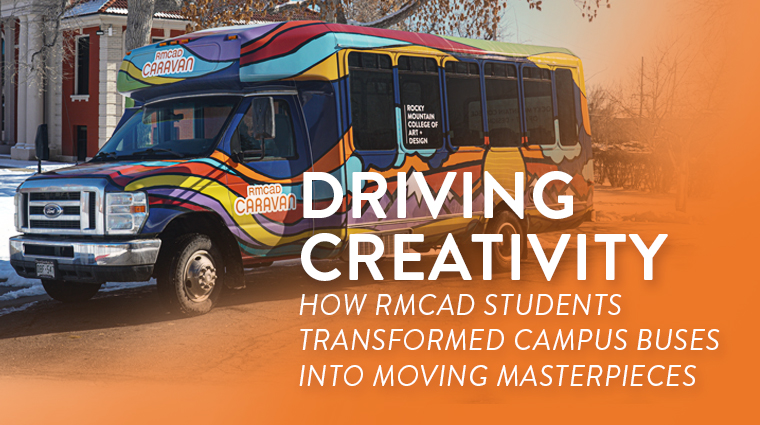
DRIVING CREATIVITY: HOW RMCAD STUDENTS TRANSFORMED CAMPUS BUSES INTO MOVING MASTERPIECES
If you’ve visited campus lately, it’s likely that you’ve noticed the bright, newly wrapped buses driving around! Now known as the RMCAD Caravans, these wonderful new designs are thanks to the hard work of RMCAD’s

Designing for Sustainability: The Role of Graphic Designers in Reducing Waste
Graphic designers may work with both traditional materials and digital tools to create graphic art for their clients. In many cases, they focus on developing branding materials, requiring them to understand the role of sustainable branding in
GRAPHIC DESIGN CAREERS
Where do you see yourself after you graduate? At RMCAD, we help prepare our alumni to take on the world. With an Online Graphic Design Degree in hand and a highly specialized background, graduates are equipped to launch their career in a variety of design fields.
Creative Director
A creative director is responsible for setting the creative vision of a brand and ensuring that other creatives adhere to the brand guidelines and all elements of a campaign or project look consistent. Creative director roles often combine multiple skill sets, including artist, people manager, and project manager.
Digital Project Manager
A digital project manager is responsible for the timeline of a digital project from inception to completion. They may also be responsible for staying on-budget. Examples of digital projects they may work on include digital marketing campaigns, apps, website content and development deployments, and software development. People skills and the ability to motivate are especially helpful in this line of work.
Web Designer
Web designers create the visual elements of websites. They use UX and UI best practices and incorporate brand guidelines to design what the look and feel of the website will be. They determine what the optimal placement of key elements like images, buttons, menus, and logos will be and what they will look like.
Production Art Manager
This role is very similar to a project manager. A production art manager is responsible for the work of an art department, ensuring that they meet project deadlines and the quality of the work presented.
Visual Communications Manager
A visual communications manager is responsible for finding visual ways to represent information, messaging, or stories. They help make information more digestible to all audiences.
UX/UI Designer
UX/UI combines art and science. A UX/UI designer is responsible for a user’s experience on a website or in an app. They use research, personas, and user testing to inform their designs and ensure a positive user experience.
FREQUENTLY ASKED QUESTIONS
What is the focus of the Online Graphic Design Degree Program at RMCAD?
The program focuses on blending art and business, teaching students to create functional and visually appealing designs through coursework in branding, UX/UI, typography, and digital illustration.
What career opportunities are available for online graphic design graduates?
Graduates will acquire the knowledge and skills to start careers as creative directors, digital project managers, web designers, UX/UI designers, motion graphics artists, and communications managers.
How are online courses delivered in the Online Graphic Design Program?
Courses are delivered through an interactive online platform, featuring video lectures, assignments, discussion boards, peer reviews, and opportunities to communicate and collaborate with peers and instructors.
What skills will students learn in the Online Graphic Design Program?
Students will learn branding, advertising concepts, UX/UI design, digital illustration techniques, and the use of industry-standard software like Adobe Creative Suite.
What support services are available for online graphic design students?
All students receive software licensing, a LinkedIn Learning subscription, LMS access, electronic library resources, cybersecurity, mental health counseling, and tutoring services through their semester fees.
What are the admission requirements for the Online Graphic Design Degree Program?
Applicants need a high school diploma or equivalent and completion of the college’s application process. To be considered for a scholarship, students will also need to create and submit a portfolio of artwork.
What kind of portfolio should students submit for the Online Graphic Design Program application?
A portfolio showcasing your best work, including examples of graphic design projects, branding, and digital illustrations.
Are there any opportunities for online students to collaborate on projects?
Yes, online students can collaborate on projects through virtual classrooms, group assignments, and online forums.
What software and tools are used in the Online Graphic Design Program?
Students use Adobe Photoshop, Illustrator, InDesign, and Adobe XD for various design and illustration projects. For more information on program materials, visit here.
What are the technical requirements for the Online Graphic Design Program?
Students need a computer that meets RMCAD’s specifications, reliable internet access, and relevant design software. For more information on program materials, visit here.
How does RMCAD ensure the quality of online education?
RMCAD ensures quality through experienced faculty, regularly updated curriculum, and interactive, hands-on coursework designed for online delivery.
What are the Liberal Arts requirements in the Online Graphic Design Program?
The curriculum includes courses that develop critical thinking, global consciousness, and information literacy.
What are the Foundations requirements in the Online Graphic Design Program?
Foundation courses enable students to refine essential skills, get comfortable with the tools they’ll use throughout their program, and study relevant basics— including composition and color theory. These courses facilitate ideation and collaboration.
What kind of student work is produced in the Graphic Design Program?
Students create branding projects, UX/UI designs, digital illustrations, and visual storytelling pieces.
Can online students participate in RMCAD's campus events?
Yes, online students are welcome to participate in campus events, exhibitions, and graduation ceremonies. Visit the events calendar here.
How do online students showcase their work?
Online students can showcase their work through virtual galleries, online exhibitions, and by creating professional portfolios.
What makes RMCAD's Online Graphic Design Program unique?
The program’s integration of art and business, focus on real-world experience, and industry-experienced faculty set it apart.
What are the different online graphic design paths you can take within this program?
You can choose from one of the following paths when pursuing your BFA in graphic design:
- Graphic Design BFA – The traditional path that allows you to take electives in advertising design, UX/UI, video, typography, business and more.
- Graphic Design BFA + Advertising Design Concentration – Hone in on advertising design courses as your electives. Explore industry essentials, including advertising agency roles, design briefs, advertising delivery methods, and “Big Picture” messaging, as well as copywriting for advertising media, and art direction across a multi-media campaign lifecycle.
- Graphic Design BFA + UX/UI Concentration – Focus on UX/UI courses as your electives. Expand your skill across web design, digital design systems, and interaction design, targeting expertise in key tools and applications, including Figma, Bootstrap HTML, CSS, user interface interaction, Web Dev, and mobile prototypes.

